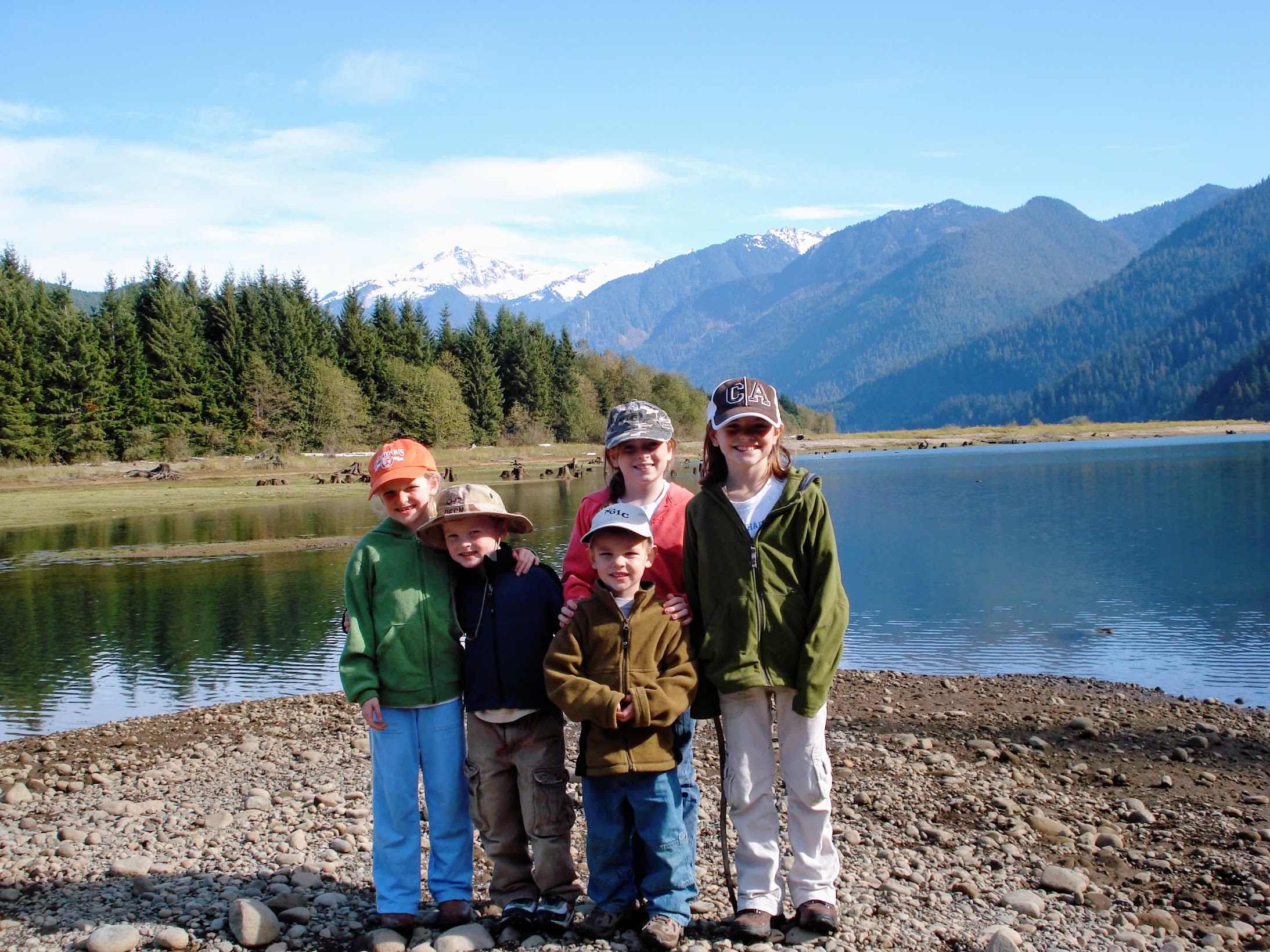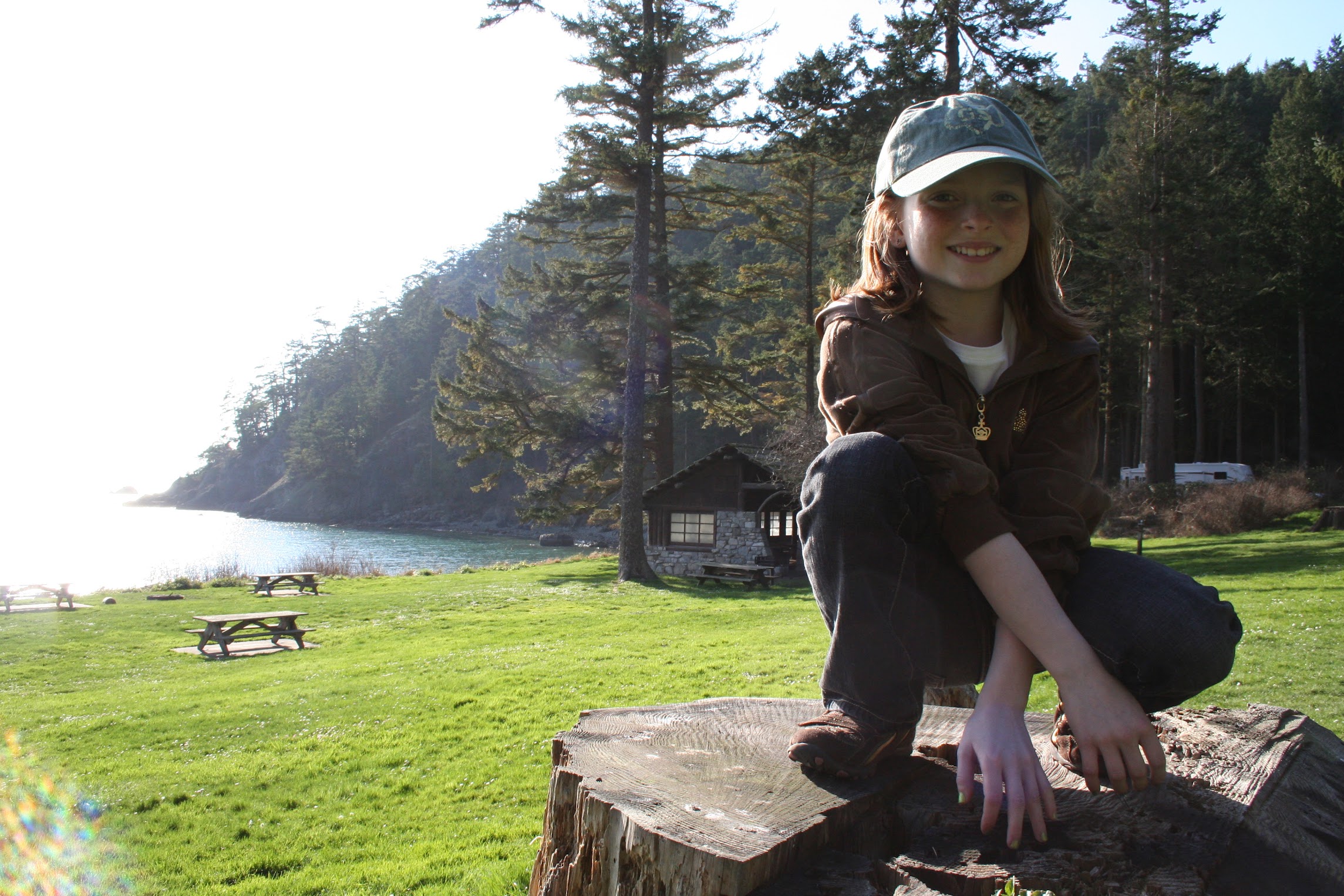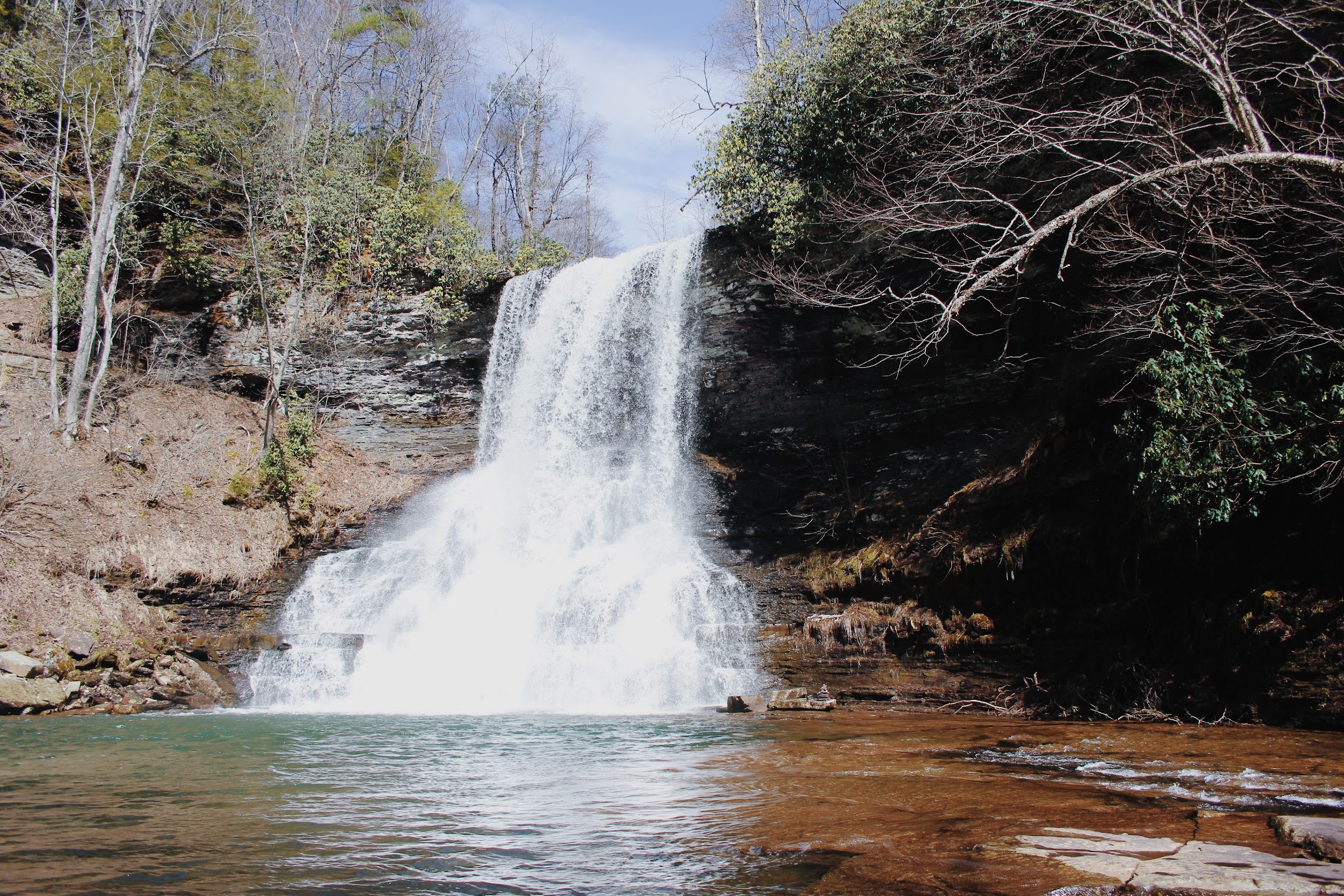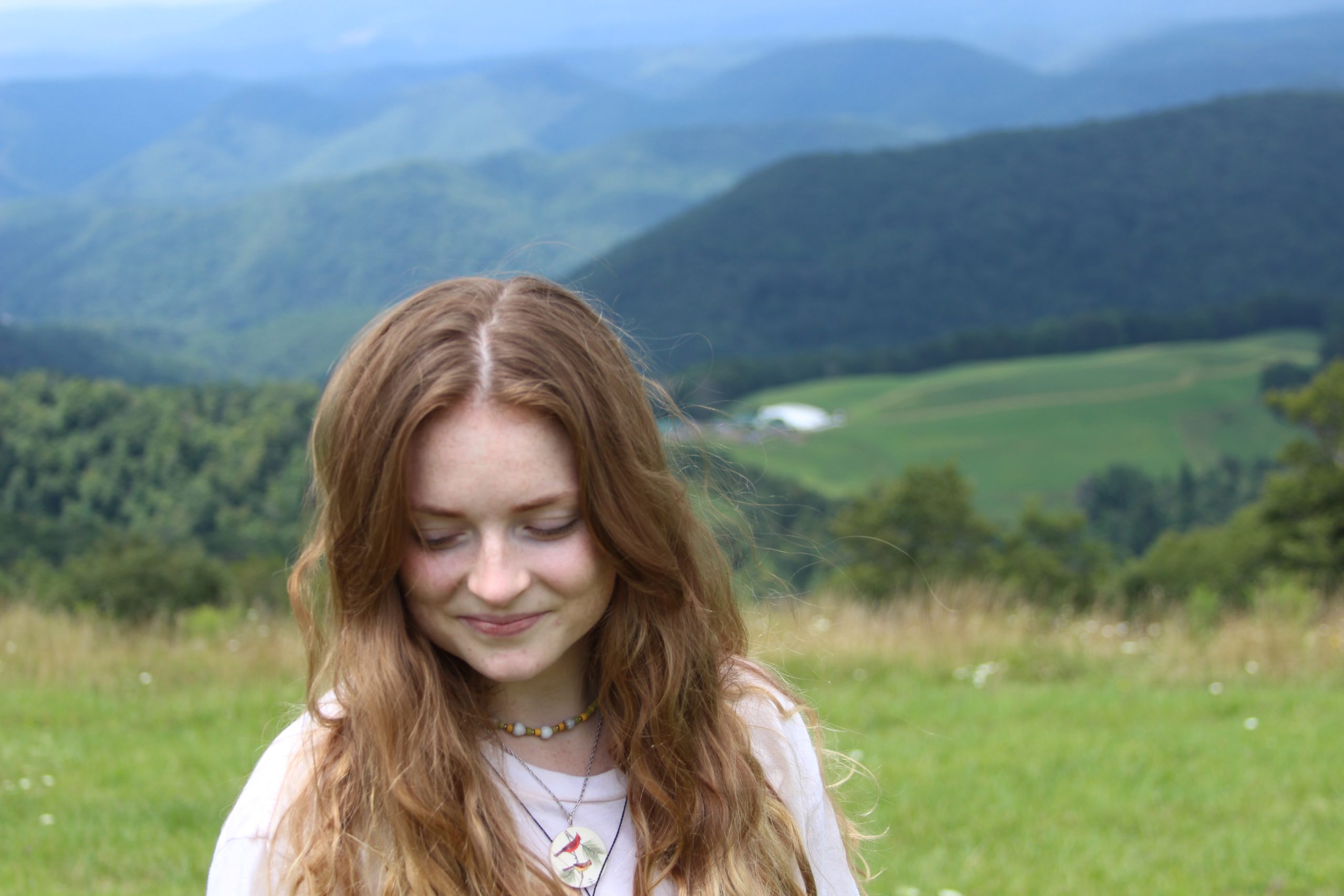
I grew up moving around—a lot. I considered the place we most often moved back to be my hometown, but we lived all over the country. We often moved without much notice, and I learned to be transient. As an adult, I got into travel writing and had a strong case of wanderlust. It was a struggle to stay in one place for four years to attend school, and I now am living on the opposite coast from my hometown: the coast I spent less time on. None of my family lives nearby, all of my extended family and long-time friends live on the opposite coast, and I don’t live somewhere I grew up even visiting. I am isolated from what I would consider to be home, but it’s my home now. I’ve been here for almost five years, and while it’s not where I’m from, it’s where I live now. I’ve made it my place, but it wasn’t easy.
I have an accent to the people here, who all have Southern accents. I didn’t grow up eating the regional foods of this area, don’t use the same words and slang as locals, dress differently, and am used to the temperatures being about 30–40 degrees colder than they are here. Because of this I did not feel like I belonged when I got here, and for a long time I felt like merely a visitor- like I was just passing through.
I didn’t jump to learn the native species of the area, and was okay with the fact that my ecological knowledge was based on the West Coast. I just would shrug and say “I know what trees are in Washington.” I didn’t try and incorporate local cuisine into my cooking at home, didn’t read books about the region, and didn’t study maps of the area. I had the knowledge that I grew up with, and was satisfied with it. I didn’t feel driven to put in the same effort for this new place. When people asked where I was from, I was quick to say “Washington”—this place didn’t even cross my mind.

For a few years, I still viewed the seasons through the lens of my northern homeland. I viewed spring as being rainy and muddy. I viewed summers as being 50–60°F and breezy. I saw autumn as being the same as spring but with foliage, and winter as being foggy and snowy. Those were the seasons to me, and I didn’t try to reshape my views of seasonal shifts based on the new bioregion I was living in. I didn’t let this new place redefine anything for me, or adapt to the way this land worked. It took until January of 2021 to fully reconnect with the seasons I live in now. Since relenting, and letting this new place be my reality, I feel closer to the Earth than ever. I feel connected to this ecosystem, grounded, and more in touch with seasonal shifts in general.
Spring is colorful, 60–70 degrees, and smells like honeysuckle. Summers are 100 degree days, humidity, and fireflies. Autumns are mild, foggy, and scarlet. Winters are cold and filled with bare trees, rather than the evergreens I associate with winter. It’s beautiful.
I think as humans we have the tendency to reject newness. We are a habitual, pack-minded species who has a hard time adapting. Most species are very place-based, meaning that they are shaped and formed by their habitats. As humans however, we move around a lot now. We need to learn to let our new places shape us, or we will never feel a sense of home anywhere except where we grew up, and those who moved around won’t feel like they have a place of belonging at all. Roots are beautiful and important to honor, but learning to honor the rest of our evolution is important too. A home isn’t just a foundation.

It took me an extended period time in one place to fully embrace this new area as my home. I’ve always been adaptable, adventurous, and willing to explore, but to settle in and call another place home? I didn’t think I would. Things have changed now. When people ask me where I’m from, I find myself immediately saying that I live in the Blue Ridge Mountains—my current home. I follow it up with where I grew up, but it’s not usually what I lead with. This is home now, and I may not be from the area, but I feel a sigh of relief when I enter this mountain valley after a long trip away. I will always consider the Salish Sea, and the West Coast in general, to be home, but this is home too.
I’ve learned how to honor where I’m from while simultaneously grounding myself in a new place. My home is filled with seashells, seaglass, and art from the island I grew up on. It’s decorated with pottery and photographs of other places I’ve lived and traveled to, but they’re alongside a strong sense of locality. I have locally dried flowers hanging everywhere. I make candles using plants that I forage for in the forest outside my home. I make both the cuisine I grew up eating, and local dishes using ingredients grown around here. I can name every neighboring island I grew up living among by heart, but I can also tell you the names of the trees outside my home here.
I am not erasing who I am, or changing everything about myself to fit this new place. I just am realizing that there is space for many homes in my life. I am a multidimensional person, and I don’t have to be one thing. I will always feel most at home where I’m from, and will always be shaped by those Pacific Northwestern seasons, but there is more to me than that. I love this place, and I know when I leave it someday I’ll always consider it to be home—not my only home, but home nonetheless. I love these mountains, and the endless rivers, and sea of trees that blankets the land. It’s not just beautiful—it feels like a part of me. I feel in touch with the turtles and sunflower fields and blue jays—none of which I grew up with. I feel in touch with the leafless winter branches and the long autumns. And while I grew up wearing jackets in June, when someone says the word “summer,” I picture warm nights and fireflies.

Get more like this—Sign up for our daily inspirational newsletter for exclusive content!
__
Photo: Emily Iris Degn




